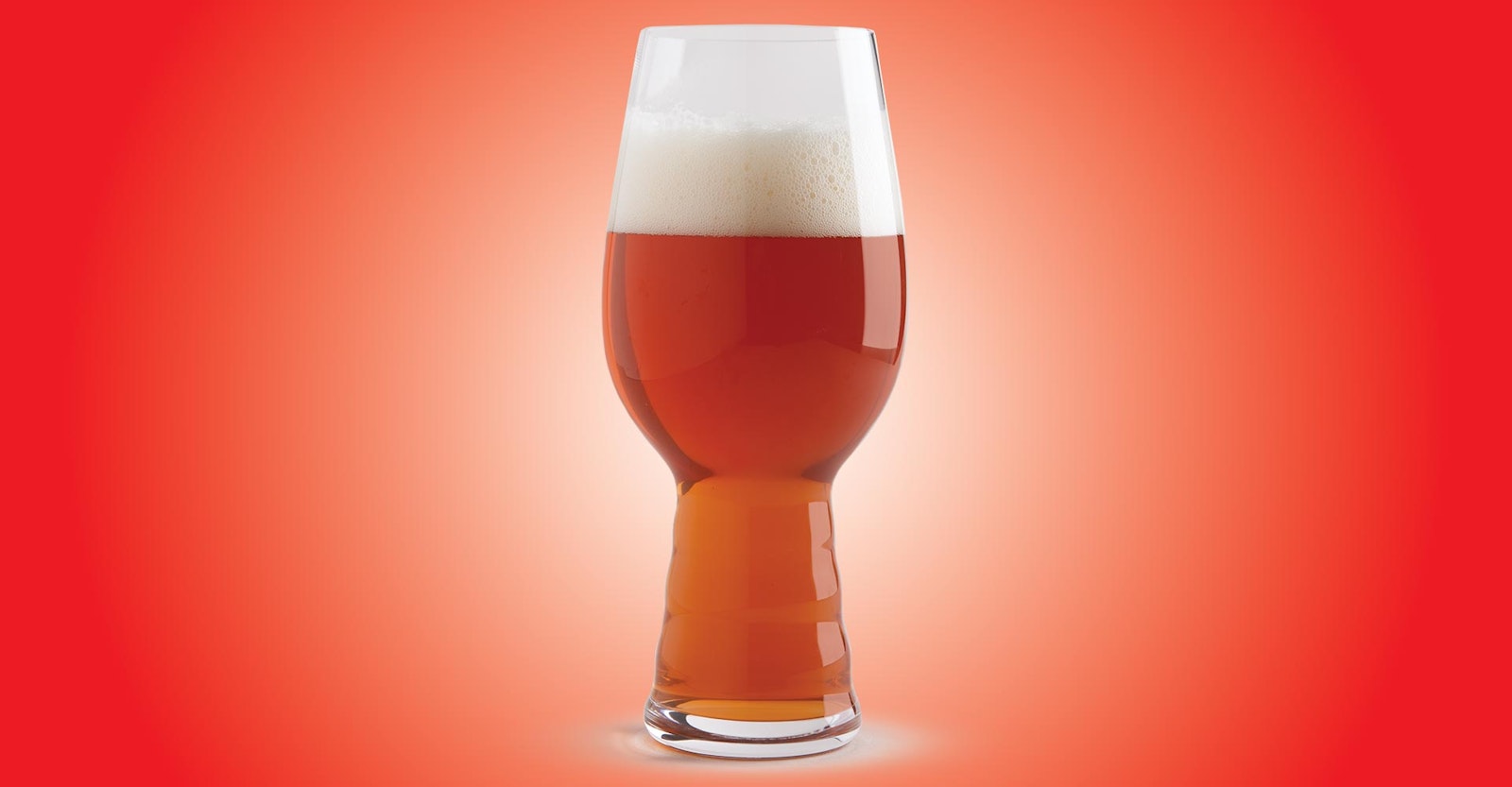Two beers that got me into craft beer were Celebration from Sierra Nevada and Shark Attack from Port. When we opened our brewery, it was my goal to one day make a beer that would allow me to stop buying Shark Attack.
I have now stopped buying it.
The Essence of Imperial Red
It’s simple, really: An imperial red ale is an overindulgence in everything we love about beer—malt, hops, and alcohol. I once spoke to a seasoned beer judge who described an imperial red to me this way: “It’s the easiest beer style to judge. … It has to be incredibly malty, incredibly bitter, incredibly hoppy, have a strong alcohol presence, and have a body that makes you want to come back for more. There is not a lot of nuance to the style.”
He was mostly right. But what he missed was that while the style may be easy to judge, it’s very hard to brew perfectly. You can’t just throw a lot of malt and hops in and shoot for the ABV moon. What you want is to make an almost 10 percent ABV beer, with a finishing gravity of 5–6°P (1.020–1.024), that drinks like a beer that is much drier, as if it were 3°P (1.012)—and that’s no easy feat.
This style is only enjoyable if it is balanced. It may be a balance of extremes, but it has to be balanced.
Creating Balance
We pride ourselves on balance at Claremont. All but maybe one or two of the beers in our portfolio are balanced, in my view. So, in creating this beer, we have to use almost all the tools in our toolbox. We have to begin thinking about how to make a beer malty, yet not sweet. Bitter, but not astringent. It needs to be the right type of hoppy. We have to look at our malts and then at what hops really work with those malts.
In my opinion, the most common flaw in imperial red ales is the body. Usually it’s way too sweet, sticky, and heavy. You want to find that balance of strong malt flavor without the cloyingly sweet, heavy body.
The second most common flaw is the lack of strong hop aroma. When hops are battling with a strong malt foundation, they often get buried. You need to use bold, assertive hops and not be afraid to have a heavy hand. It helps to look at imperial red ale simply as a double IPA with a strong malt influence, rather than as a malt-forward beer with some hops.
Grist, and That Red Color
If you ask anyone who knows our style, we are an incredibly simple brewery. I really don’t believe in using more than two or three different malts in any of our beers. Recipes don’t need to be complicated to be awesome—in fact, I believe simplicity is the recipe for success.
We built the grist based on our double IPA grain bill, then added some caramel malt and roasted malt to get our color. Outside of malt additions, we simply modified some mash parameters to help with body, and Happy Days was born.
As for that red color, go for some high crystal malt and even some roasted malts to bring out deeper reds. My advice, however, is not to get hung up on that perfect red hue. Find that balance of flavor and color.
Don’t Fear the Caramel
Imperial red is a double IPA in disguise—it’s just hidden behind some beefier malt. Besides tweaking some mash parameters to increase body, we treat this beer just like any of our other IPAs—clean, fast, WLP001 fermentation; three pounds per barrel of dry hops at terminal gravity for three days. Then we crash and carbonate. It’s a simple beer. Remove the crystal and roasted malt, and you have a West Coast–style double IPA.
Some brewers might worry that drinkers won’t go for imperial reds. The solution is simple: Get people to try it once.
In a world full of hazies and West Coast IPAs, crystal and caramel are bad, scary words. But once people see (or taste) that caramel malts and hops can come together so perfectly without being sweet, then imperial red ales will become less overlooked and more celebrated.
It’s the style that got me hooked on craft beer, and I hope our reds will help bring more people to enjoy craft beer.

